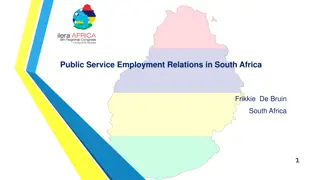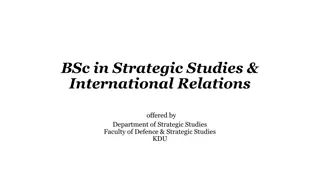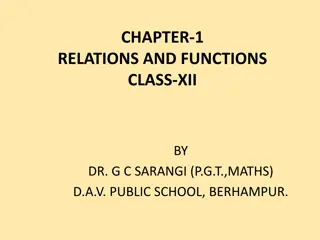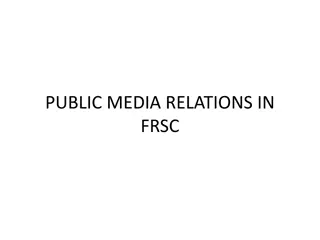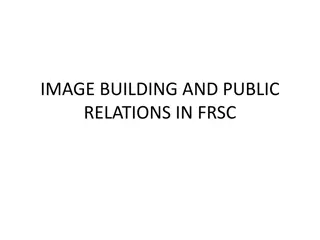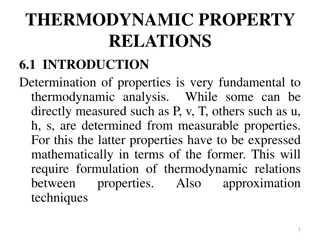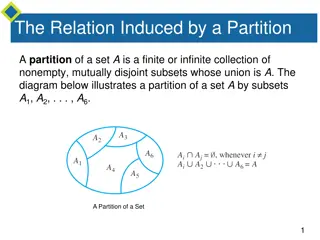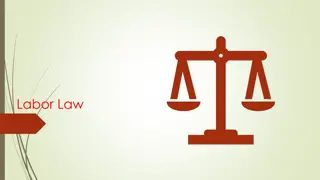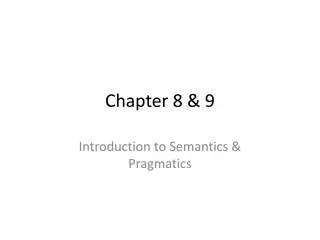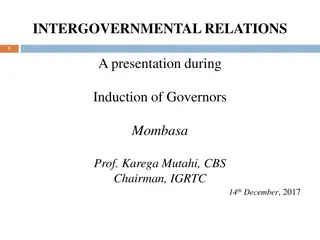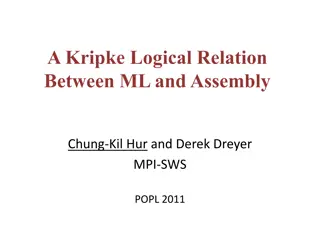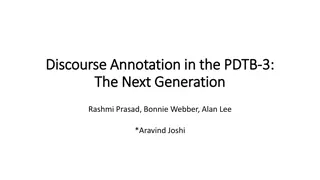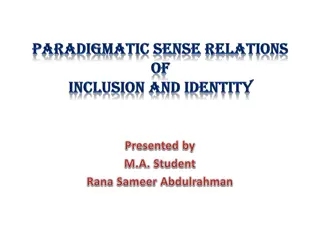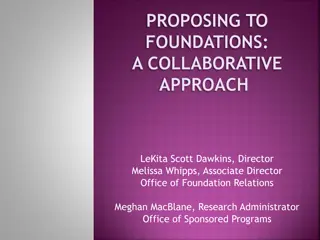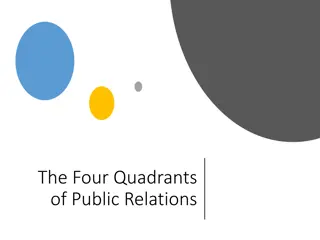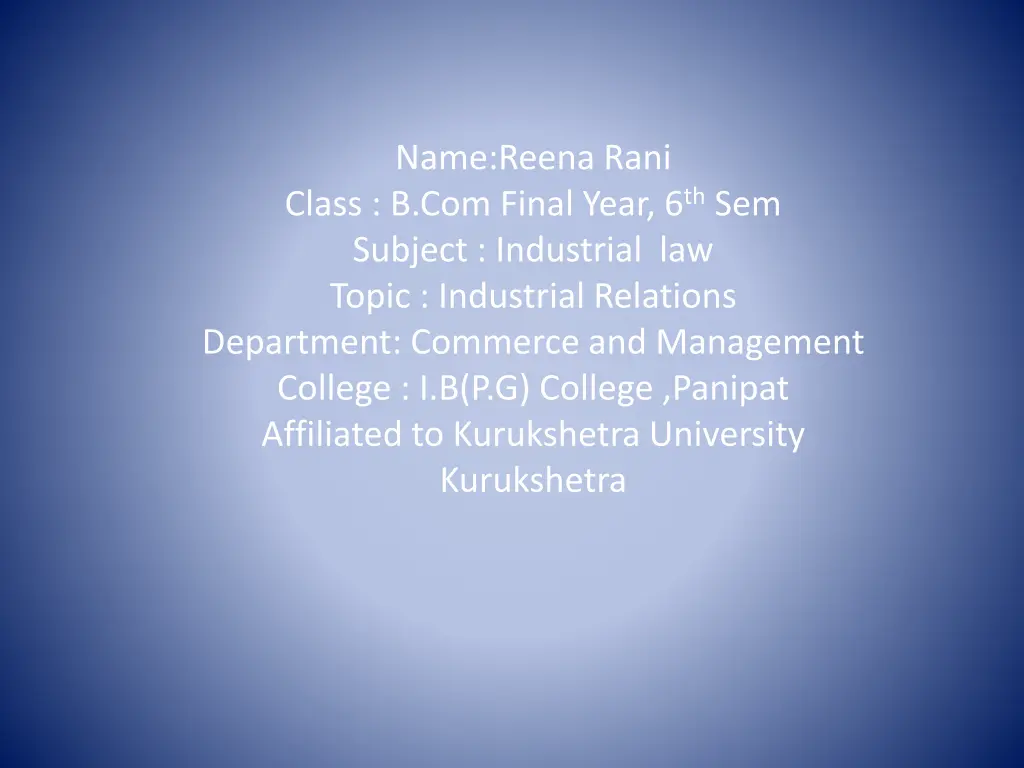
Understanding Industrial Relations: A Comprehensive Overview
Explore the complex interrelations among workers, managers, and government in industrial relations, covering concepts, parties involved, nature, objectives, and scope. Learn about the dynamic relationships in organizations and the importance of communication, participation, morale, and mutual understanding for enhanced productivity and worker management. Discover the role of trade unions, employer associations, employees, and government in maintaining harmonious industrial relations.
Download Presentation

Please find below an Image/Link to download the presentation.
The content on the website is provided AS IS for your information and personal use only. It may not be sold, licensed, or shared on other websites without obtaining consent from the author. If you encounter any issues during the download, it is possible that the publisher has removed the file from their server.
You are allowed to download the files provided on this website for personal or commercial use, subject to the condition that they are used lawfully. All files are the property of their respective owners.
The content on the website is provided AS IS for your information and personal use only. It may not be sold, licensed, or shared on other websites without obtaining consent from the author.
E N D
Presentation Transcript
Name:Reena Rani Class : B.Com Final Year, 6thSem Subject : Industrial law Topic : Industrial Relations Department: Commerce and Management College : I.B(P.G) College ,Panipat Affiliated to Kurukshetra University Kurukshetra
Industrial relations: According to Dunlop industrial relations may be defined as complex of interrelations among workers, managers and government . According to Dale Yoder industrial relations is a designation of a whole field of relationship that exists because of necessary collaboration of men and women in employment process of industry .
Concept of industrial relations: Industrial relations means relationship between employers and employees in course of organisations. Industrial relations is used to denote the collective relationships between management and worker. Industrial relations is used to cover aspects of industrial life as trade union, discipline and industrial disputes. employment in industrial
Parties To Industrial Relation Trade Union Employees Employer Association Employers Industrial Relations Government Courts &Tribunals
Nature of industrial relations: Concerned with relationship between management and workers. Includes both individual relations and collective relationships. Several parties are involved in industrial relations system.The main parties are employers and associations, employees and their unions and the government. Industrial relations are dynamic and developing concept, not a static one.
Objectives of industrial relations: To raise productivity by reducing high labour turnover and absenteeism. To ensure workers participation in management of company. To establish a proper channel of communication. To increase morale and discipline of employees. To safeguard the interest of labour as well as management by securing highest level of mutual understanding. Mutual understanding between all sections in an industry.
Scope of industrial relations: Labour relations i.e relationship between labour union and management. Employer and employee relations. i.e relations between management and employees. The role of various parties in maintaining industrial relations. The mechanisms of handling conflicts between any party in case any conflict arises.
Causes of poor industrial relations: 1. Economic causes Lack of Fringe benefits. Absence of promotional opportunities. Faulty incentive schemes. Inadequate infrastructure. Poor layout. Unsatisfactory maintenance. 2. Organisational causes Faulty communications. Unfair practices. Labour laws. Non recognition Trade unions.
3. Social causes Uninteresting nature of work Dissatisfaction with job. 4. Psychological causes Lack of job security. Non recognition of merit and performance. Poor interpersonal relations. 5. Political causes Multiple unions. Inter union rivalry. 6. Technological factors Scientific technique for production. High degree of modernization Scientific management.
Suggestions to improve industrial relations: Sound personal policies. Participative management. Responsible unions. Employee welfare. Grievance settlement. Constrictive attitude. Education and training imparted to employees. Creative a proper communication channels to avoid grievances.
Approaches of industrial relations: 1. V.V. Giri. Approach This approach implies the encouragement of mutual settlement of disputes, collective bargaining and voluntary arbitration. 2. Gandhian Approach Gandhian approach to industrial relations is based on fundamental principles of truth, non violence and non possession.
3. HRD Approach This approach recognises employees as the greatest assets in an organisation, believes that they can be developed to an unlimited extent with proper incentives, atmosphere and treatment. The management must attempts to : Provide healthy and safety working conditions. Have a constructive approach to men and matters. Continually promote growth and development of employees. Encourage participative spirit and motivation. Ensure career development of employees.
4. Sociological approach Industry is a part of society and the value systems,customs, status symbols and institutions of society affect relations between the parties involved different family backgrounds, education level, personalities, attitudes create problems of conflict and cooperation in industry. 5. Psychological approach To a psychologist, industrial conflicting interests, aspirations, goals and perception of different groups of individual operating within and reacting to a given socio economic and political environment.

